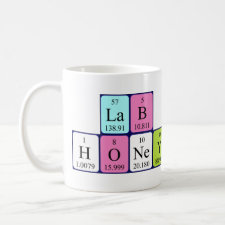
Authors: Song YQ, Rong C, Shang JB, Wang YH, Zhang YY, Yu KF
Article Title: Synthesis of an inorganic-framework molecularly imprinted Fe-doped TiO2 composite and its selective photo-Fenton-like degradation of acid orange II.
Publication date: 2017
Journal: Journal of Chemical Technology & Biotechnology
Volume: 92
Issue: (8)
Page numbers: 2038-2049.
DOI: 10.1002/jctb.5199
Abstract: BACKGROUND: The heterogeneous photo-Fenton-like process is emerging as a promising treatment of dye-containing wastewater because of its economic feasibility and high efficiency. However, it is still required to develop photo-Fenton-like catalysts with highly selective degradation ability and reusability. RESULTS: Inorganic-framework molecularly imprinted Fe-doped TiO2 composites (MIP/Fe-TiO2) were successfully prepared by the sol-gel method, with acid orange II as the template and TiO2 as the matrix material. The photo-Fenton-like catalysts were characterized using FESEM, EDS, BET, X-ray diffraction, FT-IR spectroscopy and UV-vis diffuse reflectance spectroscopy. These methods revealed the well-crystallized anatase phase and good nanometer-level particle sizes. The adsorption property and photo-Fenton-like activity of the catalysts were also studied in single and binary systems, respectively. CONCLUSIONS: Compared with non-imprinted Fe-TiO2 composites (NIP/Fe-TiO2), MIP/Fe-TiO2 showed higher adsorption capacity and selectivity toward the template molecule. In addition, it was found that the molecular recognition ability of MIP/Fe-TiO2 provided the catalysts with rapidly selective photo-Fenton-like degradation of low target pollutant levels (20 mg L-1) in the presence of high levels of interferential pollutant sodium dodecyl benzene sulfonate (100 mg L-1). Moreover, because of the stable physicochemical properties of the inorganic framework, the new photo-Fenton-like catalysts were resistant to photochemical attack and showed favorable reusability. © 2017 Society of Chemical Industry
Template and target information: acid orange II
Author keywords: molecularly imprinted, sol-gel method, anatase phase, Molecular recognition ability, selective photo-Fenton-like, Reusability



Join the Society for Molecular Imprinting

New items RSS feed
Sign-up for e-mail updates:
Choose between receiving an occasional newsletter or more frequent e-mail alerts.
Click here to go to the sign-up page.
Is your name elemental or peptidic? Enter your name and find out by clicking either of the buttons below!
Other products you may like:
 MIPdatabase
MIPdatabase









